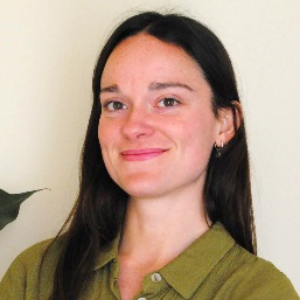Title : Effect of autumnal senescence on the photosynthetic efficiency of urban deciduous trees
Abstract:
The change in pigmentation of the leaves of deciduous trees has an effect on the photosynthetic capacity during the autumnal senescence process and, therefore, the contribution to carbon dioxide removal is altered by changes in the photosynthetic efficiency of the leaves. Five deciduous species of urban trees widely represented in cities (Celtis australis, Fraxinus angustifolia, Melia azedarach, Platanus hispanica, Koelreuteria paniculata) were chosen to study their leaf phenology during autumnal senescence and the variation in leaf pigment content. The total chlorophyll content and the chlorophyll a/b ratio decrease during autumnal senescence in all species studied. The average Chl a degradation value in yellow leaves compared to green leaves is 74.17% and the average Chl b degradation value in yellow leaves compared to green leaves is 46.90%. The content of carotenoids in the leaves remains constant during autumnal senescence for most of the species, except in the case of Koelreuteria paniculata, which shows a significant increase in carotenoids in yellow leaves compared to green leaves. The decrease in the chlorophyll content and, therefore, the change in pigmentation in the autumn leaves, causes a loss of photosynthetic efficiency, observing lower values of maximum quantum yield of PSII (Fv/Fm) in the yellow leaves compared to the green leaves, both in measurements carried out in the morning (predawn) about noon. Regarding the value of the PSII quantum yield, differences are observed between green and yellow leaves in the morning, with green leaves being more effective. The non-photochemical quanching (NPQ) values increase with the degradation of chlorophylls, being higher in yellow leaves compared to green leaves, and observing a greater increase in midday values due to the high intensity of solar radiation and possible photoinhibition of the leaves. The knowledge of how the CO2 absorption values are diminished during the autumnal senescence process and its quantification is interesting to define the functionality of the deciduous trees that are part of our cities in relation to the mitigation of climate change from the balance between deciduous and evergreen species.



